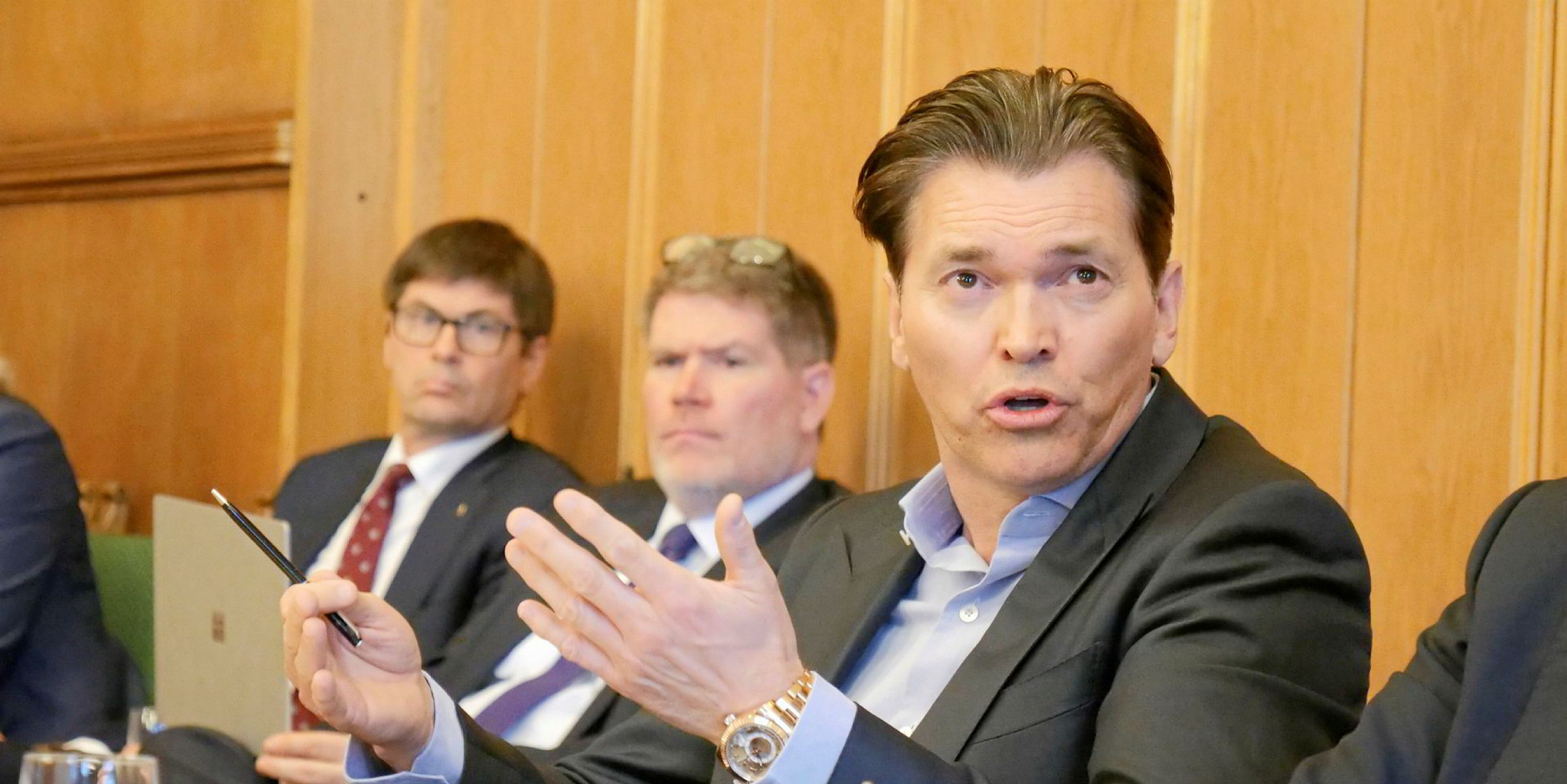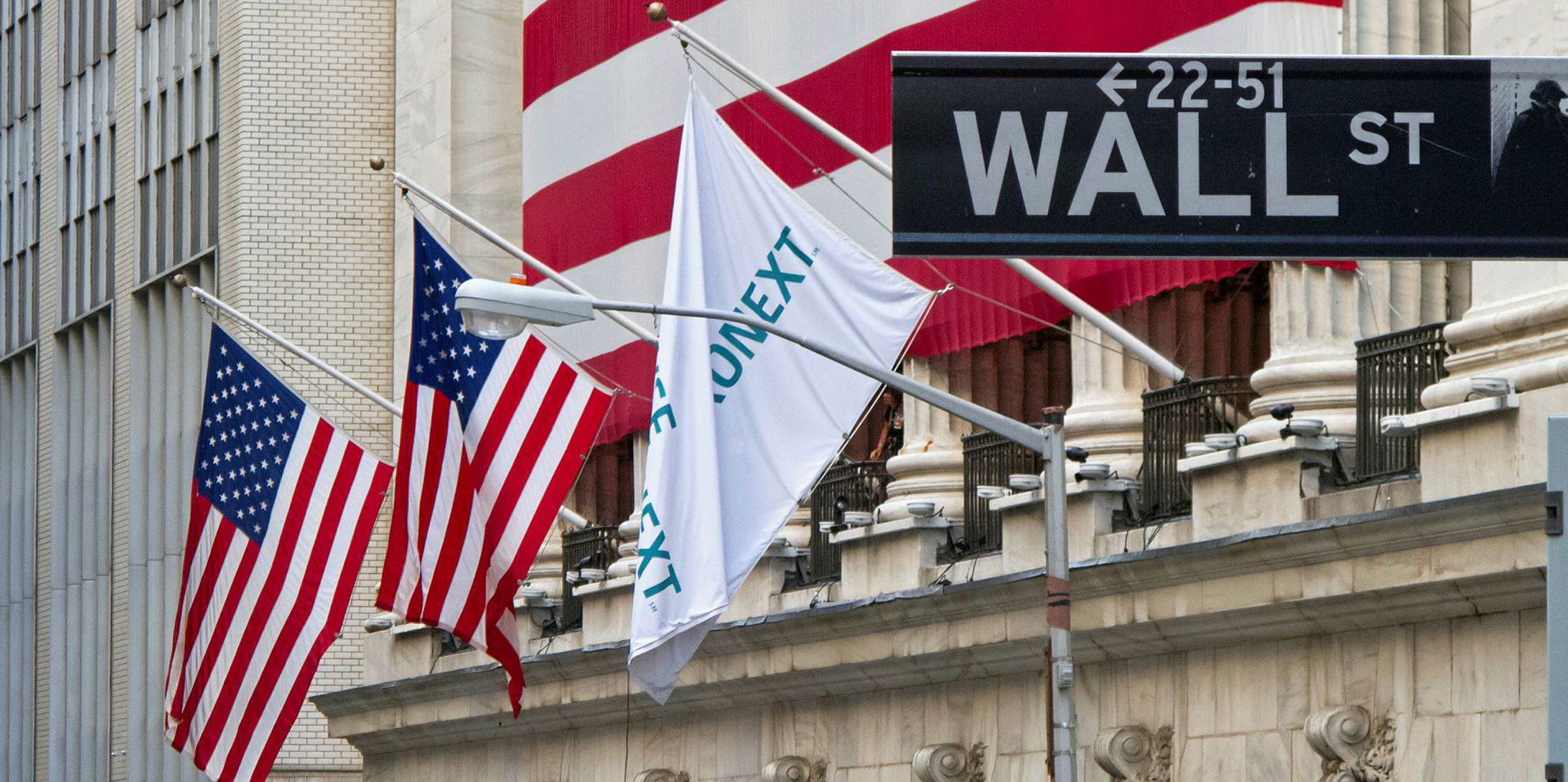Norwegian owner Hunter Group believes "God must be a shipowner" as it claimed 160 new VLCCs will be needed to cope with increased oil production over the next two years.
The fleet is falling well short of demand, with only 60 big tankers being built in shipyards worldwide — an all-time low of 7.7% of the fleet — leading to the prospect of a continued boom in rates.
In a presentation, the company said there will be a significant production surplus west of Suez, meaning more tanker transport to the east of Suez, where consumption is outstripping production.
In addition, about 100 VLCCs in the 800-strong fleet will turn 20 years old or more by 2022, equal to 12.6% of the total, and another 100 will be out of the market at some point in 2020 for scrubber retrofits of around 45 days, it added.
Hunter calculated that in 2020 and 2021, North American charterers will need 130 more VLCCs due to a production rise of 2m barrels per day (bpd) in crude.
This is based on a figure of 28 extra tankers for each 500,000 bdp rise there, due to route lengths into Asia.
In Latin America, another 30 more ships will be needed due to an output rise of 500,000 bdp.
In the North Sea, 25 more VLCCs will be required should production rise by the expected 400,000 bpd.
The analysis was produced before the Opec+ nations failed to agree on an additional nine-month supply cut of 1.5m bpd from April, due to strong resistance from Russia.
This means the group’s existing 1.7m-bpd supply cut, which would have been automatically rolled over till year-end, will expire on 31 March as currently scheduled.
Hunter had said expected OPEC production falls in the Middle East meany that region would need 20 fewer ships.
Early deliveries paying off
The company has benefited from the early delivery of its four VLCCs from DSME in South Korea last year.
The 300,000-dwt Hunter Atla arrived 37 days ahead of its original schedule, while Hunter Saga was 40 days early.
Sister Hunter Laga and Hunter Freya came 80 days and 18 days ahead of contracted dates, respectively.
This increased its earning power by 175 days, or $11.55m based on fourth quarter average rates of $66,000 per day.
As of 28 February 2020, 70% of available pool days had been booked at an average of $88,300 for the first quarter.
The company posted net profit of $16.1m in the final three months, against $1.25m the year before.
Operating expenses including insurance were $6,240 per day. The company has a cash break-even of $23,255 per day.
Hunter also said the Chinese coronavirus situation was coming under control, and people were returning to work there.
It noted a CNY 3.5trn ($505bn) Chinese stimulus pledge to re-start the economy.





